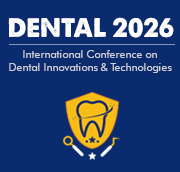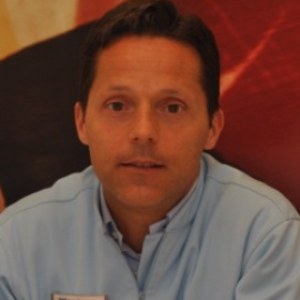Title : Efficient solutions to reduce invasiveness of dental care
Abstract:
Nowadays medical and dental care need to reduce invasiveness, reaching in the same time efficiency and excellence in results. The use of Dental Operating Microscope (DOM), Chairside Dentistry(CD) and a well- organized in-house lab with a skilled technician can boost clinical capabilities of a general dentist. In the same time we can get efficiency and profitability of treatments together with better compliance of patients. Since the beginning of the 2000’s the principles of minimally invasive dentistry have been widely promoted. It was proven that dentist do better restorative treatments under microscopic view, due to an improved precision in diagnosis and a contemporary proper completion of the treatment. Better visual acuity means increased manual skills, less effort and pleasure at work. Moreover, the clinician is able to be more conservative and respectful of dental and periodontal tissues. Coaxial light and high resolution camera connected to the microscope by a beam splitter make possible filming our surgeries easily. Furthermore, dental team can better analyze the clinical procedures improving efficiency and effectiveness. Nowadays dentists do more aesthetic, biomimetic and predictable treatments that require less chair time with an increased success rate. The “Chairside Dentistry” solutions have shown many positive aspects to make the prosthetic workflow faster, less invasive and more precise as long as you have a very well organized and coordinated work team. Firstly all the manufacturing processes of the prosthetic products can remain under control of the clinician in the dental office. Secondly, the operator-dependent errors are minimized compared to the conventional prosthetic protocol. Thirdly, dental CAD software gives the possibility to control easily paramount variables such as the thickness of preparations, the occlusal and interproximal contacts, shape and proportion of the teeth. Last but not least, the clinical experience of the dentist and the artistic sense of the technician can make a prosthetic artifact truly unique and we can safely state that the combined use of these two “Augmented Reality”(AR) methods (DOM and CD) ensures an enhanced approach to better and multifaceted treatments, and give people improved emotional experiences. Furthermore, with the AR, new and faster paths for training are opened and more efficient and minimally invasive care protocols can be written.



